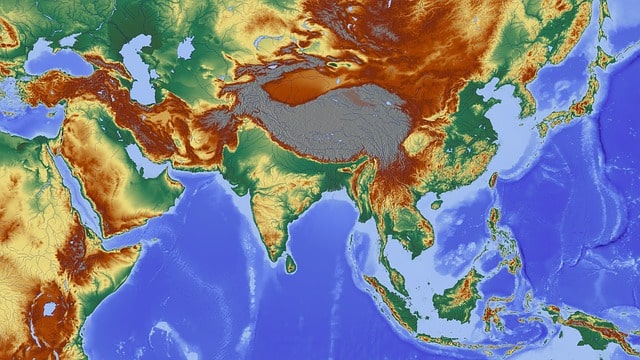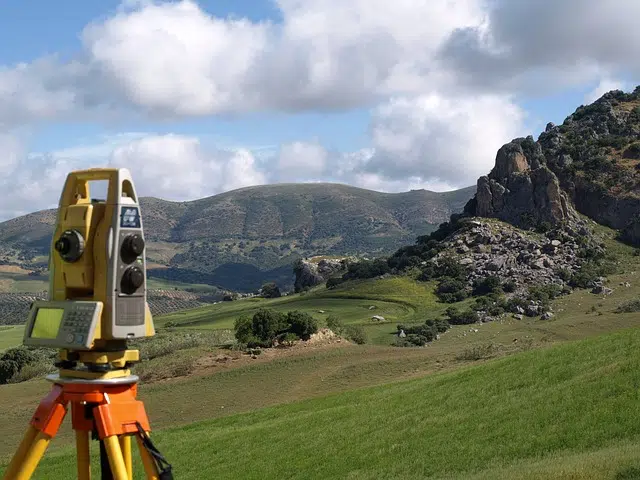
The contour line is the line that, on a map, allows joining those points that have the same altitude.
In order to know the meaning of the term contour curve , we are going to proceed, first of all, to discover the etymological origin of the two main words that give it shape:
-Curva derives from Latin, exactly from “curvus”, which can be translated as “curved”.
-Level, on the other hand, comes from the Provencal “Latin” and this, in turn, from the Latin “libella”, which is synonymous with “small scale”.
What is a contour line
The idea of a contour line is used in the field of topography with reference to the line formed by those points on the ground that are located at the same height . It should be remembered that topography is the discipline focused on the description and delineation of the surface of a land.
A contour line, therefore, is the line that joins points on a map that have identical altitude . These lines are generally drawn in blue to reflect the depths of the ocean and glaciers, and in sienna with shading to mark the height of the terrain.
Geodesy also uses contour lines. This science builds maps by determining the magnitude and shape of regions of the globe. The contour lines, in this framework, reflect the representation of a horizontal section of the relief . The difference in the altitude of two successive contour lines is constant and is linked to the scale used on the map.

Contour lines are common in topography and geodesy.
Your representation
To achieve the representation of contour lines, what is done is to obtain planes parallel to each other by means of cuts on the surface of the terrain .
These planes are located a certain distance from each other. The contour line is the figure formed by each of these planes that cuts the terrain. When contour lines, colored differently, are projected onto the map, representation occurs.
Other characteristics of a contour line
In addition to everything indicated, we cannot ignore another series of relevant aspects about the contour curve, such as the following:
-It also responds to the name of isohipsa.
-It is important to know that contour lines neither intersect nor intersect.
-In the same way, the line of maximum slope that exists between two contour lines is the one that joins them through what is the shortest distance.
-No less relevant is to take into consideration what is known as equidistance between contour lines. This term includes the distance that exists between several imaginary planes that intersect and which is always the same for a given map.
-On the plans it is necessary to be aware that the lines that are darker are known as master contour lines.
-There are also auxiliary contour lines, which are those found between two consecutive contour lines and which are identified by being contour lines of lesser equidistance.
